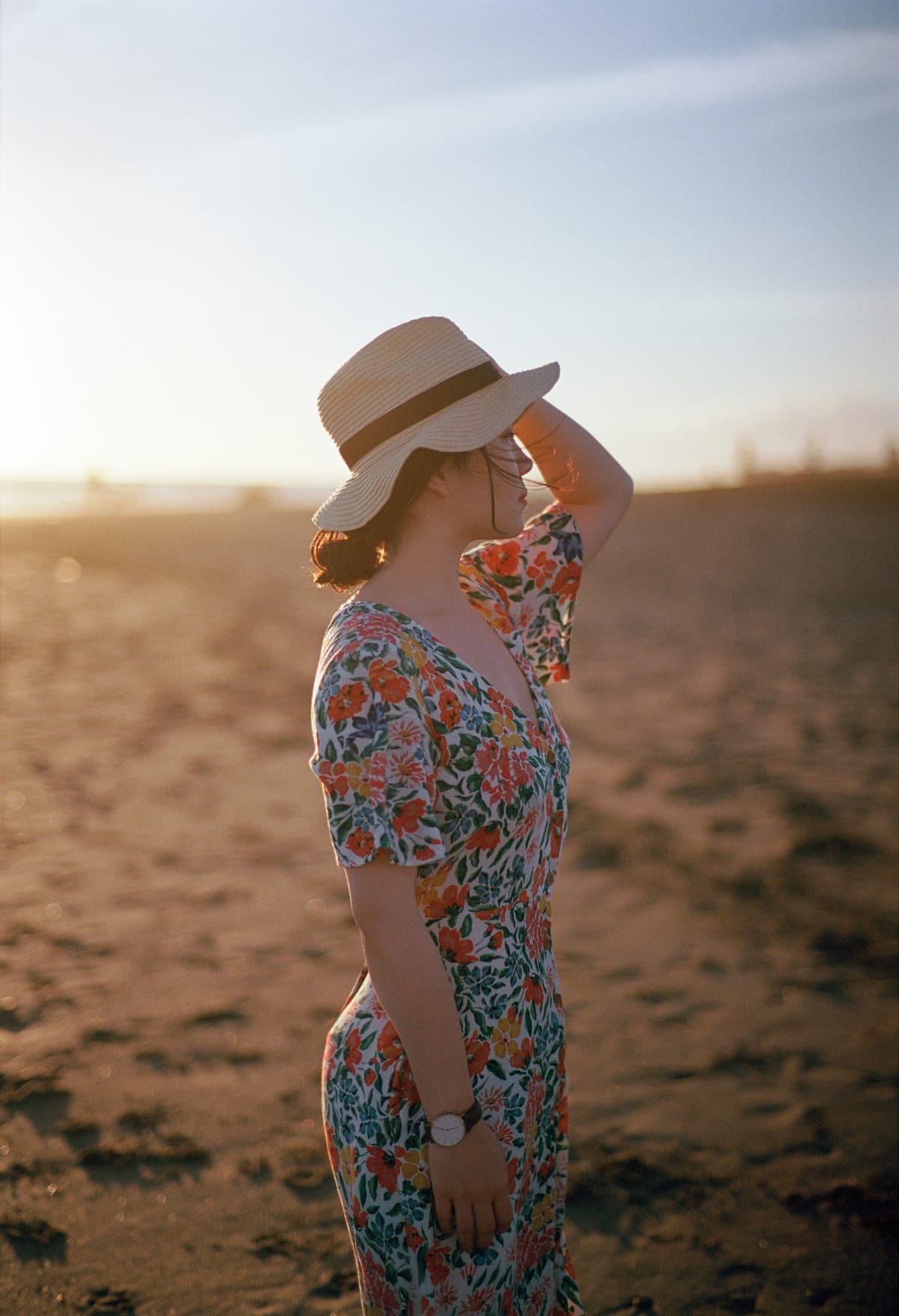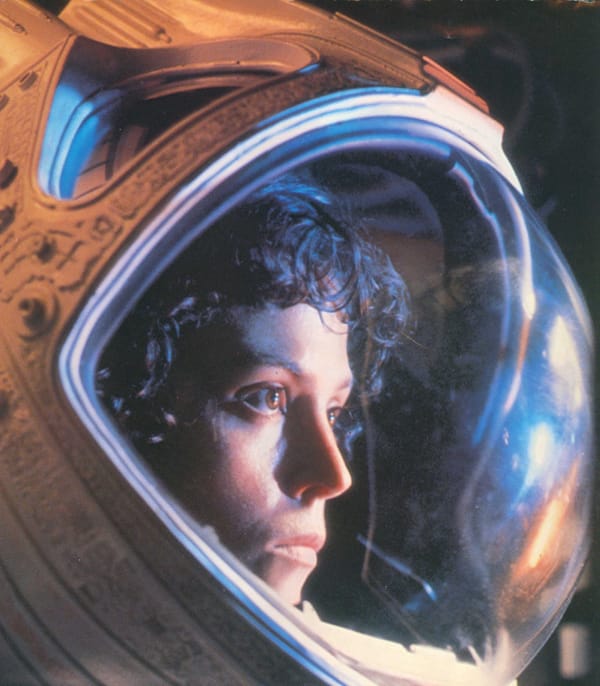A Review Of The Zeiss C Sonnar T* 50mm f/1.5 ZM Lens
Even though it’s a lens for 35mm film and full frame digital cameras, at times the Zeiss 50mm Sonnar 1.5 tends to exhibit a lovely medium format-esque look in terms of the transition from in focus elements to the out of focus areas of a picture.

Decaf Journal is reader-supported. When you buy links through our site, we may earn an affiliate commission.
I’ve been in love with the 50mm focal length for what seems like forever. In reality, it’s been since I got my first real camera (Canon EOS Elan 7n) back in 2005. For me, it’s the ideal lens to photograph people, as well as their surroundings with a natural perspective.
I’d been using a Canon 50mm 1.4 for several years, but I was never totally satisfied with the rendering. About a year and a half ago, I started searching for what I’d call my “perfect” 50mm lens. I decided that the lens was far more important than the camera body, so I kept an open mind about switching camera systems if needed.
I must have poured over thousands of sample images online from every major lens manufacturer, geeking out over how each lens uniquely renders the world. I’m not an active Flickr user anymore, but I have to say that it’s still an invaluable resource when searching for real world examples.

I soon realized that many of the modern 50mm lenses of today were too perfect and clinical for my liking. Yes, the sharpness of lenses like the Sigma 50 1.4 Art is mind blowing, but to me the images it produces feel somewhat stale when shot wide open.
One of the biggest draws for me when looking at a photograph, is to feel something, the emotion in the image. I like when images feel as if they could’ve been shot 50 years ago, even if they were only taken yesterday.
Since I was still a Canon user, I seriously considered the 50mm 1.2 L series lens, as it definitely has a hint of the unique character that I’d been searching for. Something was holding me back though. While endlessly browsing through Flickr, I eventually noticed that I was fond of images taken with the Zeiss C Sonnar T* 50mm f/1.5 ZM lens for the Leica M rangefinder system.
Having never used a rangefinder before, this was new territory. Leica digital cameras are prohibitively expensive for me, so a film body was the only (and my preferred) choice. The legendary Leica M6 was at the top of my list, but after doing some research I stumbled upon on the Zeiss Ikon ZM camera body. It’s a beautiful camera with an aperture priority mode, much like the Leica M7.


After a lot of overthinking and debating in my own mind, I took the plunge and bought both the Zeiss camera and Zeiss 50mm Sonnar 1.5 lens. When the lens arrived, I took it out of the box and was taken aback by just how compact and well built it is. The aperture ring inspires confidence, and the focus ring is just so smooth. Not to mention the lens itself is quite handsome.
All of this happened right before my son was born, which was perfect because I used it to photograph his birth (and pretty much everything after that). After getting the film developed, it was immediately apparent that I’d made the right decision with acquiring this lens.
The images just looked so real, timeless, and the way the focus falls off is so good that it’s hard to describe. In short, it looks completely different from almost all modern lenses that are available today.
My favourite characteristic of the lens is found in it’s optical “imperfections”, as it’s based on a 1930s design. Even though it’s a lens for 35mm film and full frame digital cameras, at times the Zeiss 50mm Sonnar 1.5 tends to exhibit a lovely medium format-esque look in terms of the transition from in focus elements to the out of focus areas of a picture. The following four images seem to demonstrate this behaviour:




Positives:
- This lens is extremely compact and unobtrusive. Ideal for putting people at ease when taking their portrait.
- Gorgeous bokeh with an image rendering that can’t be found elsewhere.
- Reasonable price considering the cost of Leica lenses (just look up the Leica 50mm 1.4 Summilux)
- This lens is tack sharp when correct focus is achieved.
- I love that it comes in silver or black colors.
- Excellent build quality that feels like it could last a lifetime if well taken care of. When I hold it in my hand, it feels more like a precious jewel than a camera lens.
Negatives:
- The 1 meter minimum focusing distance can be a pain at times. You won’t be doing any close up portraits with this lens. I’ve found food photography to be a bit tricky as well since you can’t simply fill the frame with the food. You’ll need to include some environmental elements in your images.
- The well documented focus shift behaviour of this lens at f1.5 can occasionally be an issue when using a rangefinder camera (but not mirrorless). To compensate for this, I usually shoot at f2 and save shooting wide open for times when I really need it like at night.
- Only available in Leica M mount (though can be easily adapted to mirrorless cameras).



So who is this lens well suited for? If you’re a product photographer that needs optical perfection at all apertures and a close focusing distance to fill the frame, you’ll probably despise the Zeiss 50mm 1.5 Sonnar. Don’t get me wrong, the lens is sharp even at f1.5, but it can be tricky to achieve focus to the uninitiated. If however, you photograph people or places, and want to achieve a look reminiscent of images captured from another generation ago, you may get along just fine with this lens. I certainly know that I do.
In closing, here’s three more random photos completely unrelated to my Bali trip that I think showcase the special character of the lens:








